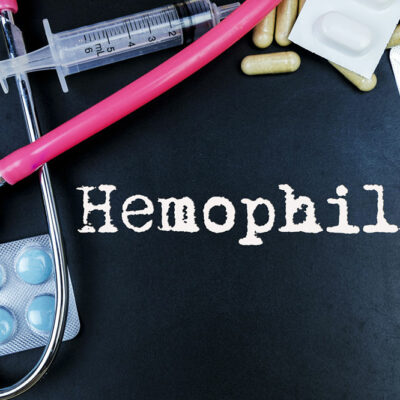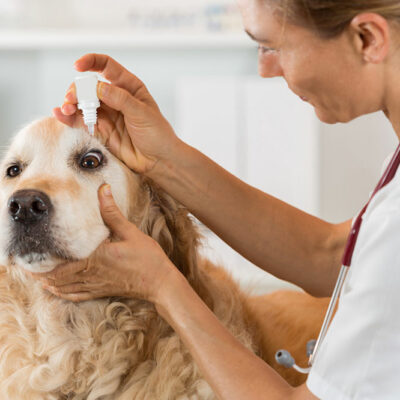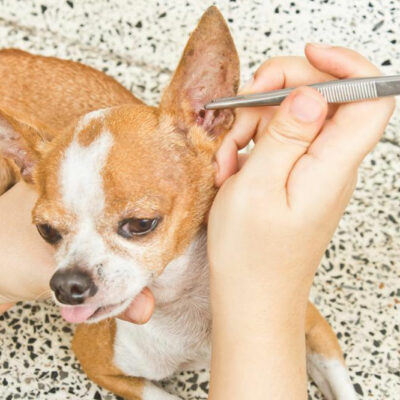
Health
A Complete List of Approved Treatments for Hemophilia
Hemophilia is a rare blood disease that is usually inherited and occurs mostly in men. When you injure yourself, the proteins in your body, known as clotting factors, work together with the platelets to heal the wound. In hemophilia, people have low levels of Factor VIII or Factor IX and hence cannot heal themselves. This can lead to severe internal bleeding. Treatments for hemophilia include replacement therapy, desmopressin, antibodies, and bypassing agents. Replacement therapy through recombinant clotting factors One of the best ways to treat hemophilia is to replace the missing factors through human blood or synthetically produced blood in a laboratory. The latter are called recombinant clotting factors and are widely popular as genetically engineered factors that are less likely to transmit infections. For hemophilia A treatment, recombinant factor VIII like Kovaltry, Advate, Xyntha, Kogenate, Afstyla, Nuwig, and Recombinant are used. BeneFix, Ixinity, and Rixubis are used to treat hemophilia B. Replacement therapy with plasma-derived clotting factors Missing factors derived through plasma present in the human blood are called plasma-derived clotting factors. Plasma contains proteins like albumin, antibodies, and clotting factors that are purified from donors and used to treat hemophilia patients. Plasma-derived factor VIII treatments include Hemofil-M, Alphanate, HumateP, and Wilate.
Read More 















